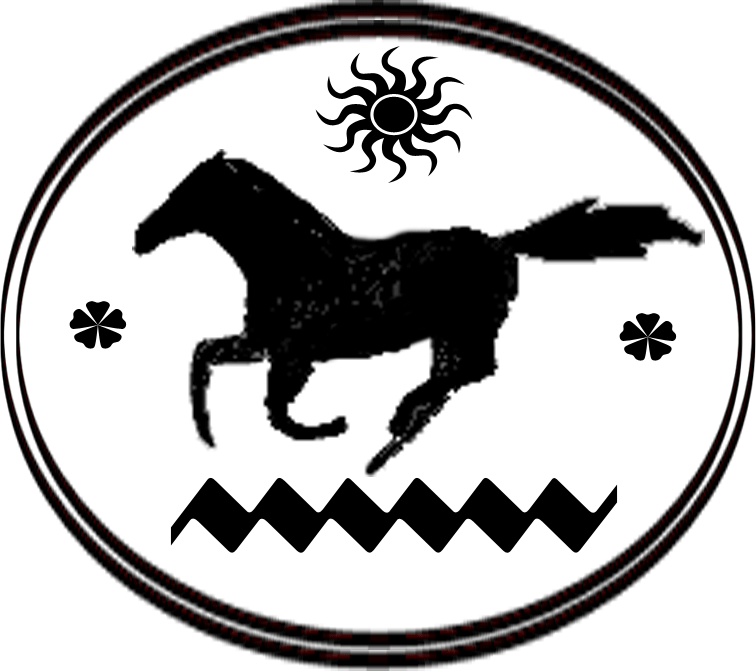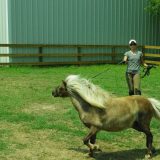A History of Horseback Riding
In the beginning, horses were wild untamed animals. But on the day when a first human jumped onto the back of a horse and observed the world from that height, the timeline of horseback riding history was changed forever. Humans and horses have a long, interrelated history, yet no one is truly certain when and where horses were first domesticated and ridden.
The history of a horse goes back 50 million years, to a small animal named Hyracotherium which lived in North America. Horses crossed over multiple times the Bering Land Bridge which existed during the end of last Ice Age from the Americas to Asia, and eventually spread to Europe. All horses’ ancestors vanished from the Americas about 10,000 years ago. Fossils of Eohippus, as the first horses have been called, showed the mammal to be an herbivore smaller than a dog.

Hyracotherium was a primative mammal, one of the first Horses, dating back to the early Eocene period. Measuring roughly one meter long, it was a herbivore which would have lived in small herds.
Eohippus lived primarily in North America but vanished from the continent entirely around 9000 years ago for reasons that remain a mystery. Horses did not return to North America until the fifteenth century A.D. We do know that the first horses had toes, not hooves, and looked nothing like the horses of today. They were much smaller and ate leaves.
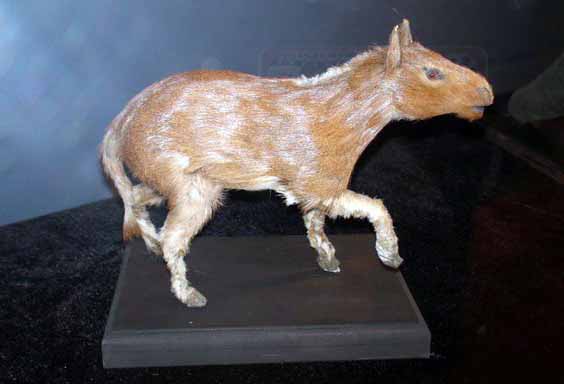
Ancient horse called Eohippus lived in North America but
eventually died off .
Changing habitat from swamplands to dry savannahs caused the horse to evolve from a creature with multiple toes to one with a single toe, which later became a hoof and which is better adapted to roaming dry ground. Pliocene epoch created Pliohippus, the first single-toed horse. Pliohippus serves as a prototype for our own Equus, the modern horse. Pliohippus had a ligament-sprung hoof and longer legs with flexing ligaments, which gave way to a running action similar to that of the modern horse.
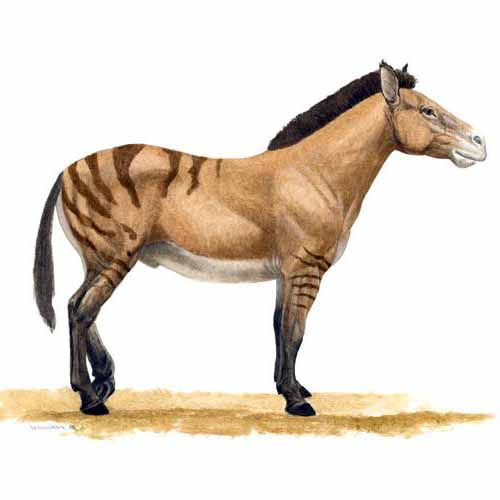
Pliohippus life restoration by M. Marcuson.
The history of horse riding timeline usually goes back to central Asia about five centuries or so before the appearance of cavalry in armies of Middle East around 1000 B.C. But new evidence based on dental wear caused by a bit in a prehistoric horse indicates that riding began much earlier.
Prehistoric people began to tame horses in a Copper Age 6000 years ago. The domestication of the horse signaled a major innovation in transport and communication.
Before 4000 B.C. horses were wild and lived through the vast plains of grasslands in Eastern Europe and Asia.
Horses recovered from prehistoric sites in Europe might have been used as wild game, as domesticated sources of meat and as mounts. Around this time, the horses were too small to actually carry people. Eventually, they were bred to larger sizes but it took time. A lot of time.
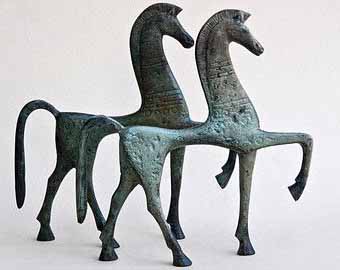
At some point humans began to see horses as more than simply sources of food. It is probable that humans used horses to pull a plow and later to pull the wheeled vehicles, such as chariots before humans learned to ride them.
Although it is fare to say that farmers didn’t usually use horses for plowing in the ancient times because they usually used oxen instead, or simply turned over the soil by hand. Horses were too expensive.
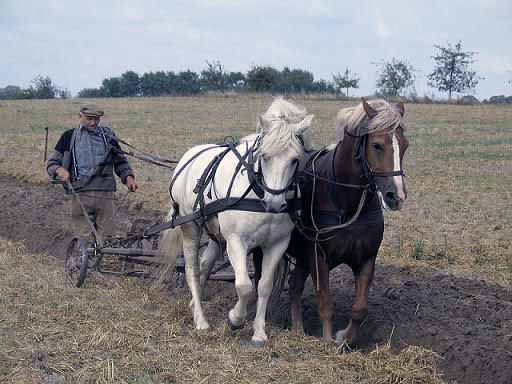
Sometimes humans used horses to pull a plow but it was economically ineffective compared to oxen.
The period from 4000 to 3000 B.C. is considered the true age of the domestication of the horse. Domestication is believed to have first taken place on the steppes north of the Black Sea. Evidence of mounted warriors found in China supports the theory that horses were extensively ridden for the first time around 4000 B.C.
No good harness arrangement for horses was invented until about 200 BC, when in China it was initially discovered.
The horse was thought to be first harnessed in the Near East around 2000 B.C. Evidence of man’s early interactions with the horse comes mostly in the form of tapestries, relief pottery, and other works of art The horse was thought to be first harnessed in the Near East around 2000 B.C. Evidence of man’s early interactions with the horse comes mostly in the form of tapestries, relief pottery, and other works of art.
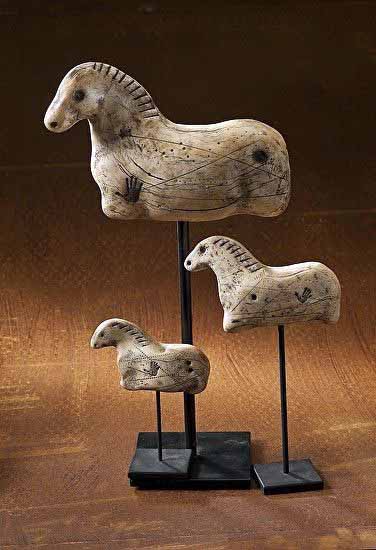
According to Xenophon (430–355 B.C.), a Greek historian: “If one induces the horse to assume that carriage which it would adopt of its own accord when displaying its beauty, then, one directs the horse to appear joyous and magnificent, proud and remarkable for having been ridden.”
Until 1500 B.C., horses were typically too revered to do lowly agricultural work. Initially, they were hitched up with oxen yokes, but the design cut off the horse’s wind. A padded collar was designed to better suit the horse. Metal snaffle bits were perfected to take the place of nose rings, which were used to control the animal. In China, horses were used to pull chariots by this time.
The first records of systematic training, conditioning, and caretaking of horses date back to around 1350 b.c. They were written by a man named Kikkuli. Kikkuli was a Mittani, an Aryan group with cultural ties to India. Tablets that have been found show Kikkuli’s instructions to the Hittite rulers prescribing care of harness racing horses. The Hittites, although they clearly gained their equestrian knowledge from other peoples, were credited with the development of the Arabian horse and were noted for their highly mobile equestrian troops.
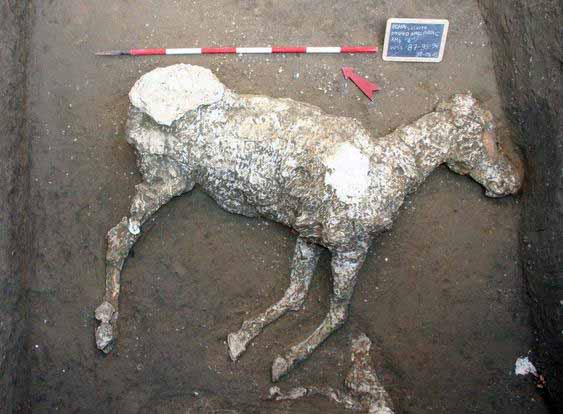
In all these developments the horse played a critical role, as it would continue to do in human events for the next 5000 years. But it is now clear that it took a very long time for the custom of riding to spread southward into the Middle East. When horses finally did appear there around 2000 B.C., they were used in a role previously played by donkeys as draft animals attached to battle carts. The superior size and speed of horses and perhaps new control methods based on the bit contributed to the refinement of the war chariot in 1800 B.C.
By well into the last centuries B.C., horseback riding not only had been mastered but had become common. Scythian warriors, who had the first recorded geldings (castrated stallions) and whose wealth was measured in horses, were skilled in the art of battle on horseback. Since they believed that their wealth followed them to the afterworld, many artifacts were found in their burial grounds. Sometimes hundreds of horses were found buried with them.
It is possible that the first riders spoke a language we would now call proto-Indo-European. Linguists have reconstructed that language now long extinct, from the evidence of its descendant tongues.
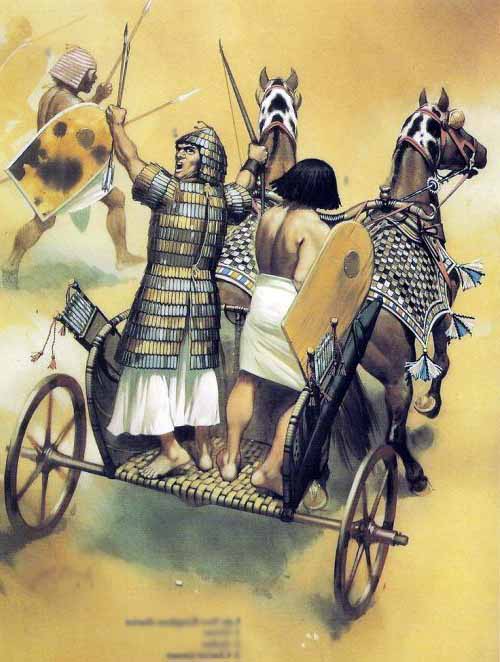
Horses may have been among first tokens of European life to penetrate North America. These horses derived from Spanish stock introduced in the late 17th century by colonists in New Mexico. The horses either escaped or were traded through a chain of indigenous societies to reach the central part of the continent.
Apparently, the horses migrated south to South America and west across the land bridge. Further climate and geographical changes during the ice age possibly pushed them farther into the Middle East and Africa. Some speculate that those that remained behind in North America may have succumbed to a fatal disease.
The local tribes there clearly adopted horseback riding long before they encountered guns, European diseases, slave traders or other unpleasant aspects of Western life.
The effects of the adoption of riding can therefore be examined in at least partial isolation from other European influences in 17th and 18th century.
The acquisition of horses wrought a revolution in virtually every aspect of life of the plain tribes. Riders could move two to three times farther and faster during a day than people on foot. Resources, enemies, allies and markets that had previously been beyond effective reach suddenly became attainable.
Warfare increased in intensity and social importance, both because horses became an easily stolen standard of wealth and because mounted societies redrew ethnic boundaries that had been based on pedestrian travel distances.
By the seventeenth century, Native American tribes along the Mexican border began to use horses, as did American settlers in the West. In addition, the Native Americans used horses to barter with other tribes, which allowed the horse to move across the rest of the western United States.
The horse was being ridden and domesticated and becoming a crucial member of civilization in other parts of the world long before it reappeared in North America. Spanish explorers and the missions that followed are generally credited with this reappearance. They brought large numbers of livestock, including horses, to the New World for their settlements. Ponce de Leon is thought to be responsible for bringing Andalusian-bred stock into what is now Florida.
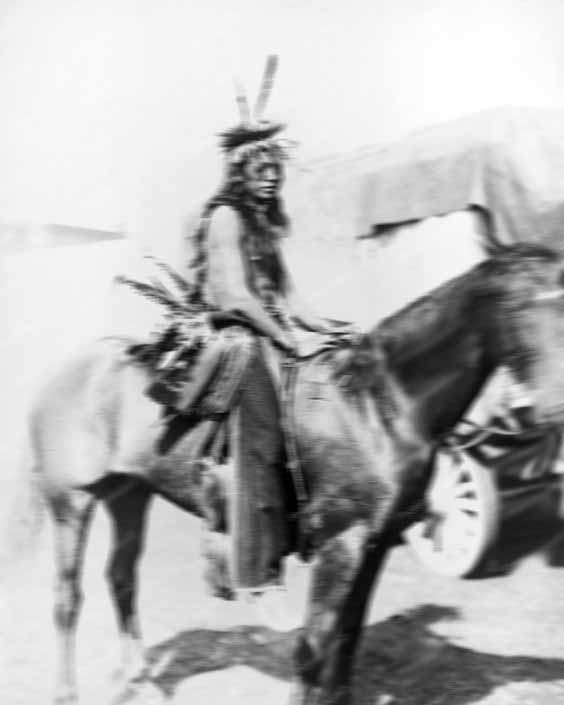
By the seventeenth century, Native American tribes along the Mexican border began to use horses, as did American settlers in the West. In addition, the Native Americans used horses to barter with other tribes, which allowed the horse to move across the rest of the western United States. It’s easy to imagine how some of these horses either escaped captivity or were turned loose, thus marking the beginning of the wild (or, more accurately, feral) horse bands in the American West. Today, the Bureau of Land Management (BLM) is the U.S. government institution responsible for the care and management of the wild equine herds still in existence in the United States.
So the history of horseback riding goes back to prehistoric times when mankind was in its infancy and ancient farmers in fertile regions of Middle East and plains of Asia somehow domesticated wild horses. Today we don’t use horses as means of transportation or gears of war. Still horseback riding today captivates many people who love horses.
More about history of horseback riding can be found in the brilliant book by Wendy Williams ‘The Horse: The Epic History’.
